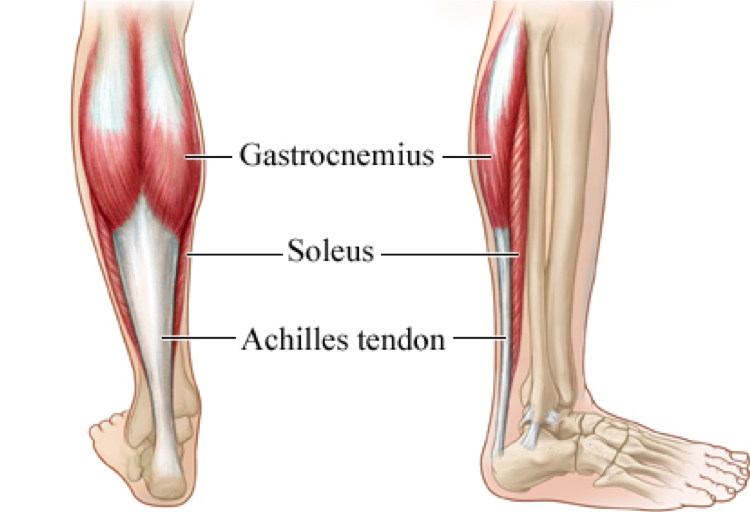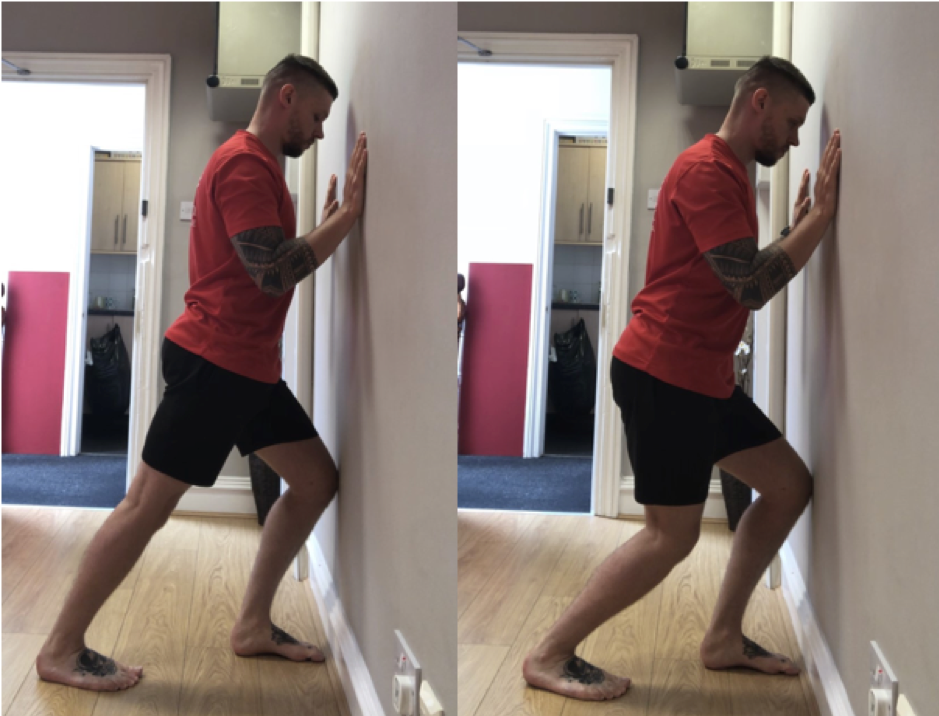Soleus - The Secret Driver in Running Athletes
Posted on 1st August 2019 at 10:00
Have you heard of soleus? If not, and you’re a runner or athlete, read on and see how important it is…
Running is a multi-directional movement, involving co-contraction of many different muscle groups, not only in the lower limbs but also in the upper limbs and torso.
Running speed is a big factor in performance for many running athletes and you can increase your running speed in a number of ways.
In slow and medium paced runners, speed is increased by exerting more force through the ground to increase stride length. Whereas sprinters increase speed further by increasing the frequency of their strides, at the mild expense of ground contact forces
Along with the use of elastic energy preserved within our Achilles tendon, our calf muscles, known as Gastrocnemius, are thought to be responsible for producing the majority of our ground contact force to propel us forward.
However, research from Dorn et al (2012) shows that it is actually soleus which is responsible for the majority of force produced at the ankle when making contact with the ground when running.

Soleus is a muscles that lies underneath the gastrocnemius and works to create the same action at the ankle, known as plantar flexion (the movement used when you point your foot like a ballet dancer).

Many people do not realise that there is another muscle lying deep to the calf muscles which helps to perform the same action at the ankle. So they don’t pay much attention to it during prehabilitation / rehabilitation programs.
This is the main reason why people who have limited ankle range of movement caused by muscle restrictions may continue to have limited ankle range of movement despite stretching the calf muscle to the death! We need to switch it up a little bit.
The main anatomical difference between the two muscles, is that Gastrocnemius attaches above the back of the knee, whereas soleus does not. This means that simple gastrocnemius stretches will not be effective in hitting the soleus muscle and we need to adjust the stretch slightly.
The images below show how to adjust the stretch to involve soleus. If this stretch is performed correctly, you should feel a stretch in the lower 1/3rd of your leg.
How to stretch Soleus instead of the Gastrocnemius
Adopt a split stance position with both feet facing forwards
Bring the back foot slightly closer to the front foot during the soleus stretch
Bend the back knee rather than keeping it straight. See the difference?

If you’re a runner you almost certainly need and deserve a sports massage to keep you in top form.
To book just contact Fire&Earth today.
Share this post:

